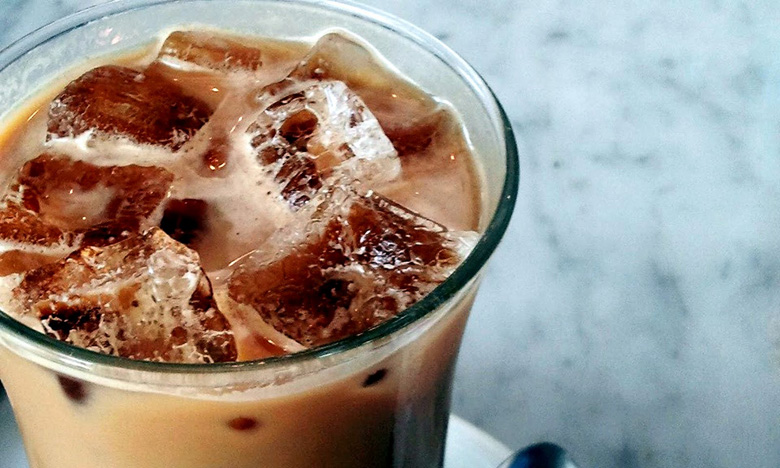
(Krups)
For the past several years, cold-brewed iced coffee has grown in popularity, cropping up in specialty coffee shops across the country, showing up in bottles and cartons on grocery-store shelves, being served on tap and charged with nitrogen like stout beer, and most recently appearing on the menu at Starbucks. Cold brew’s popularity is easy to understand: It’s easy for shops to make in large quantities, it tastes pretty good no matter what coffee you brew or how you brew it, and it can be made comparatively shelf-stable — so it makes lots of sense for shops and roasters to market it to folks as the best way to make iced coffee. The trouble with this, though, is one of the very things that made cold brew so popular in the first place: It tastes pretty much the same, no matter what.
The heavy, chocolatey flavors characteristic of cold-brewed coffee aren’t always the most refreshing. Great coffees often contain lighter, brighter fruit flavors — flavors that are more appropriate to the season, and much more exciting. These flavors can only be extracted from ground coffee using hot water, but they taste great cold — the only question is how to get them that way. This conundrum led to the creation of “Japanese-style,” or “flash-brewed” iced coffee. The idea works like this: Any pot of coffee requires a certain amount of coffee and a certain amount of water to brew; if you brew a pot with half as much hot water, and make up that amount in ice in the carafe into which you’re brewing, the over-concentrated hot coffee will melt the ice as it brews, instantly chilling and diluting it, and locking in all of the awesome, refreshing flavors that make the coffee itself so distinctive.
This style of iced coffee isn’t particularly shelf-stable — it lasts about a day, after which it begins to taste tellingly like cold brew — but it is very easy to make fresh, requiring no more than a coffee-maker, ice, and a kitchen scale to determine how much water and how much ice to use. Cold brew, by comparison, often calls for proprietary equipment (the Toddy brand coffee maker being one of the most common) and is comparatively difficult and time-consuming to clean up after. These are all easy to work around if you’re running a cafe or bottling huge volumes of cold-brew as a coffee roaster, but can be a pain if you’re brewing coffee at home — and if you can have fresh, refreshing iced coffee at home with less mess, less effort, and no tools that you don’t already have in the kitchen, why bother?
The distinctive flavors that flash-brewing celebrates are also perfect for complementing other ingredients in refreshing coffee cocktails. Citrus or other fruit juices can accentuate the lighter, brighter qualities of these coffees beautifully. Tonic water or bitters can complement them and add beguiling complexity. Looking to classic cocktail recipes and preparations gives a nearly endless array of possibilities for fun, refreshing drinks with flavor combinations well beyond milk and sugar.
Cold brew can be a great way to enjoy iced coffee, but it’s only one of many. Trying new ways of brewing iced coffee, and new combinations of ingredients and flavors, can open up an entire world of exciting coffee drinks perfect for spring and summer.
How to Make Flash-Brewed Iced Coffee
- Weigh your water! Knowing exactly how much water you’re using to brew hot coffee makes it much easier to figure out how much ice to use; measuring ice with a measuring cup (or by eyeballing it) is unwieldy, and doesn’t yield great results. To flash-brew, just use half as much water, and place the same weight of ice in the carafe into which you’ll be brewing. All you’ll need is a kitchen scale which can be set to read out in grams.
- Grind a little finer! Using less water means it’ll be a little harder to extract all of the flavor you want from your coffee. Grinding finer than you usually would for hot coffee compensates for this by making the brewing process a little more efficient.
- Pick the right coffee! This method works great with brighter, fruitier coffees. Ethiopian and Kenyan coffees work wonderfully, as do fruitier coffees from Latin America, especially Guatemala, El Salvador, and Honduras. You’ll also want to look for coffee that’s roasted on the lighter side, giving those refreshing fruit flavors a chance to shine through.